The Dutch are fairly liberal, open-minded people who like to speak their mind. So it comes as no surprise that Dutch advertising campaigns can sometimes be a real hit or miss. We gathered some “interesting” adverts for your collection. Let us know if there are any others we should add!
“Interesting” Dutch advertisements
1.

Poor Oma got caught by the “dust sucker”…
2.
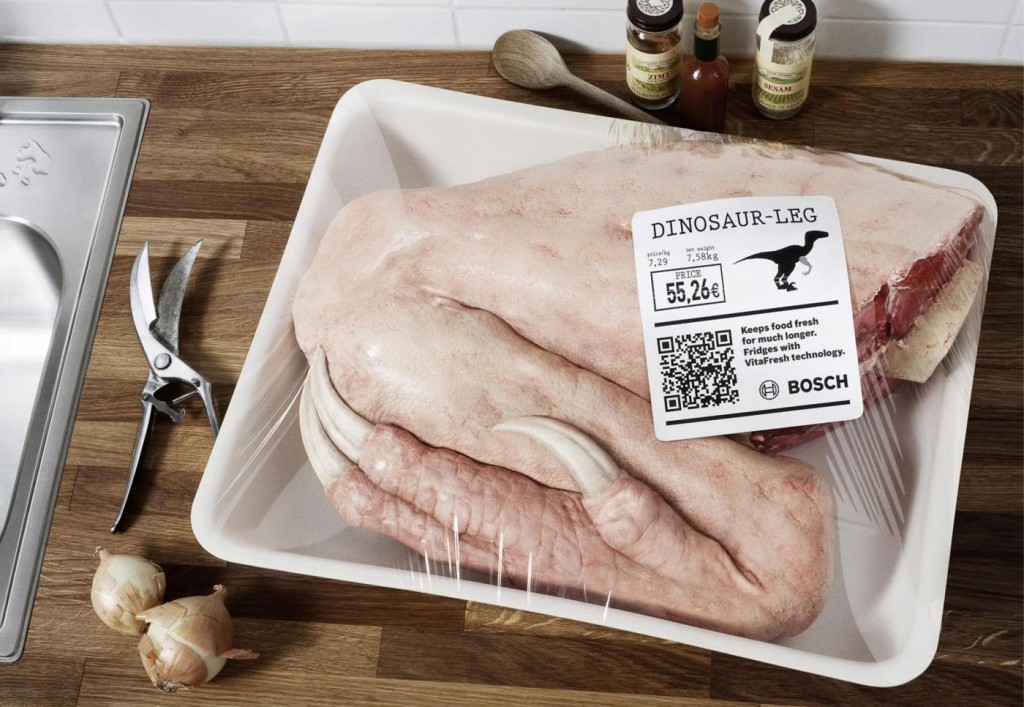
This would be some welcome variation to the standard Albert Heijn assortment
3.
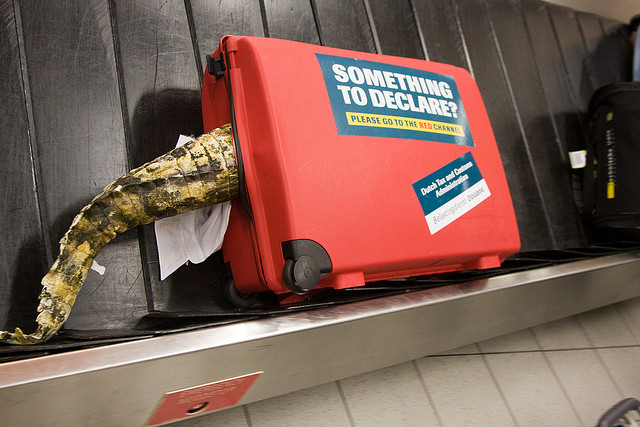
Customs people with a sense of humour? Only in Holland!
4.
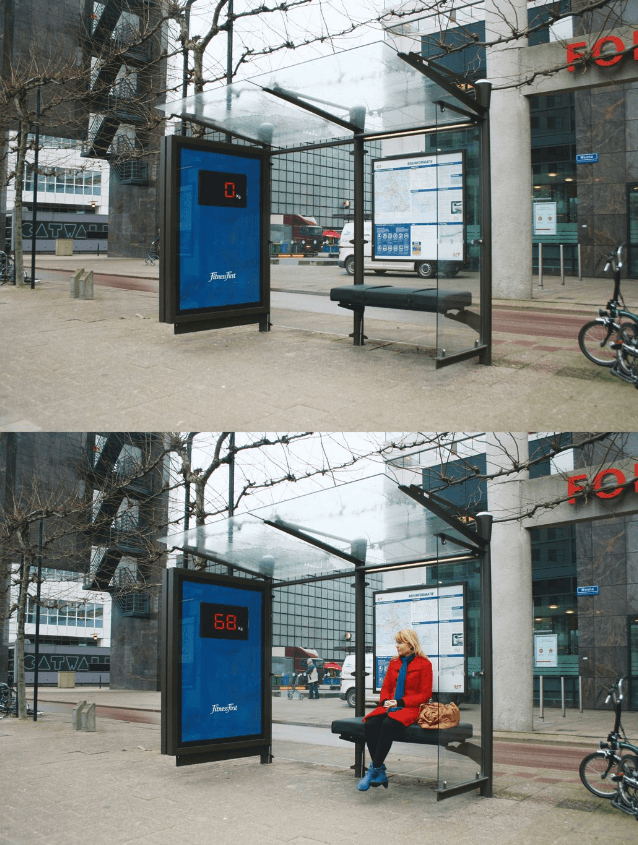
FitnessFirst campaign for their gyms in the Netherlands
Some people might prefer to stand at this bus stop…(the seat is a scale)
[sdpl-ad3]
5.
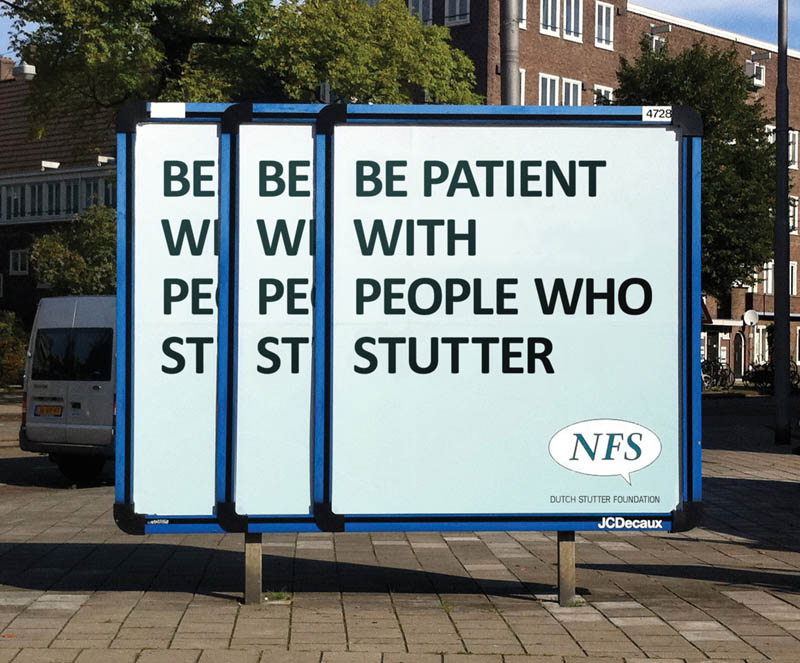
Very clever!
6.

Hmmm…
7.
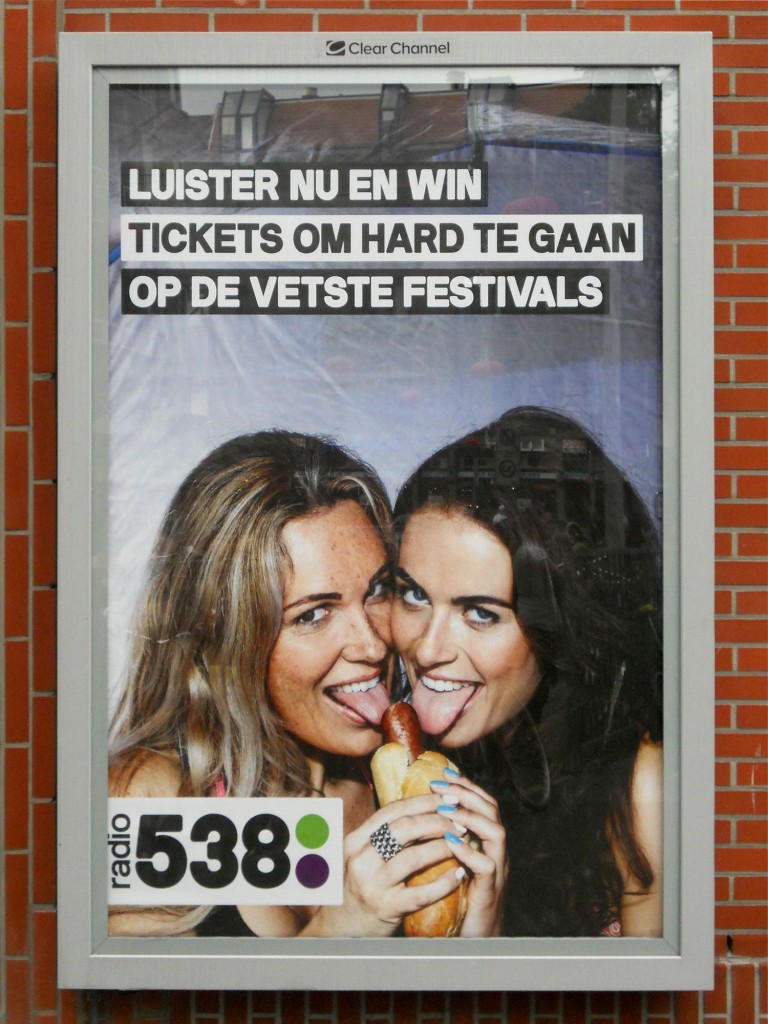
Double hmmm…
[sdpl-ad4]
8.
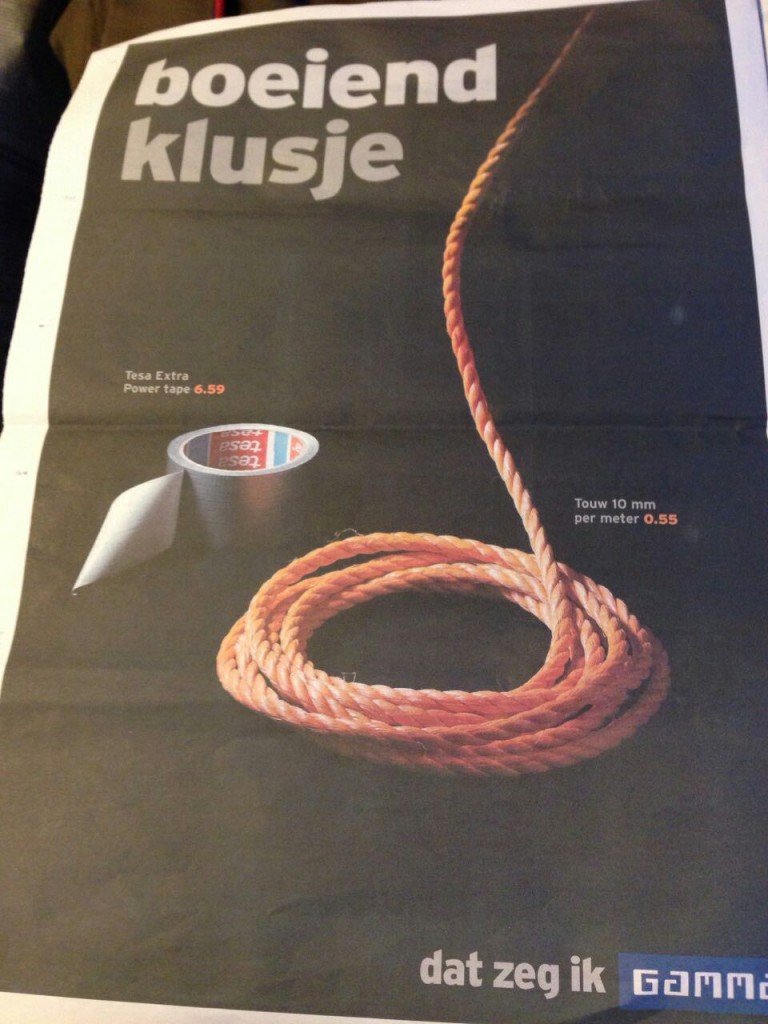
Hardware store Gamma promoting “specific” products ahead of Fifty Shades of Grey premier in the Netherlands
9.
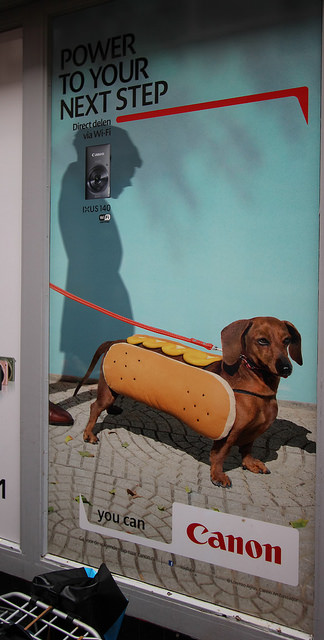
Caption this…
[sdpl-ad2]
10.

No comment
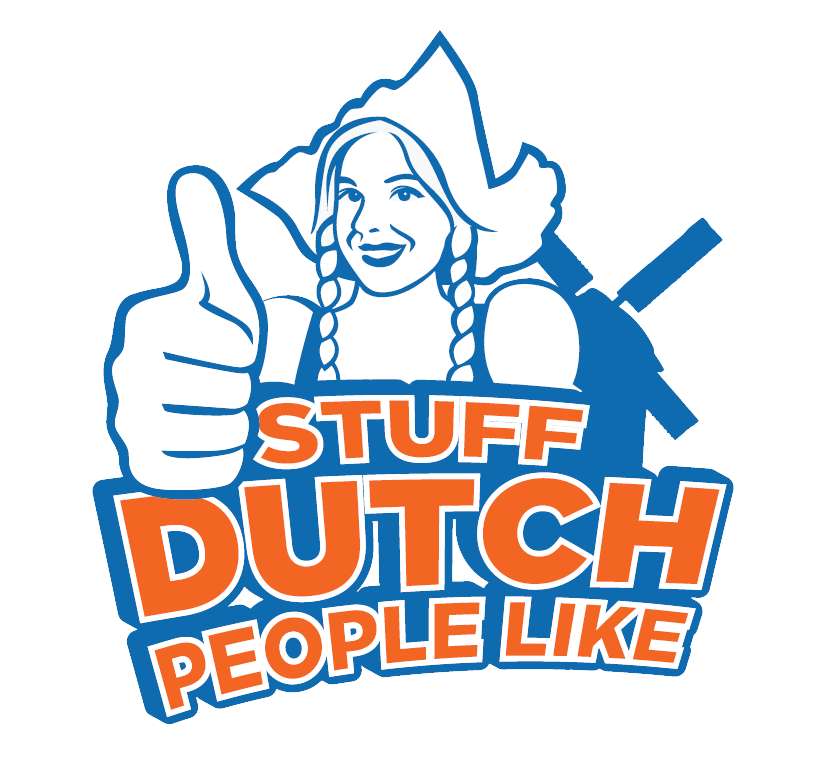
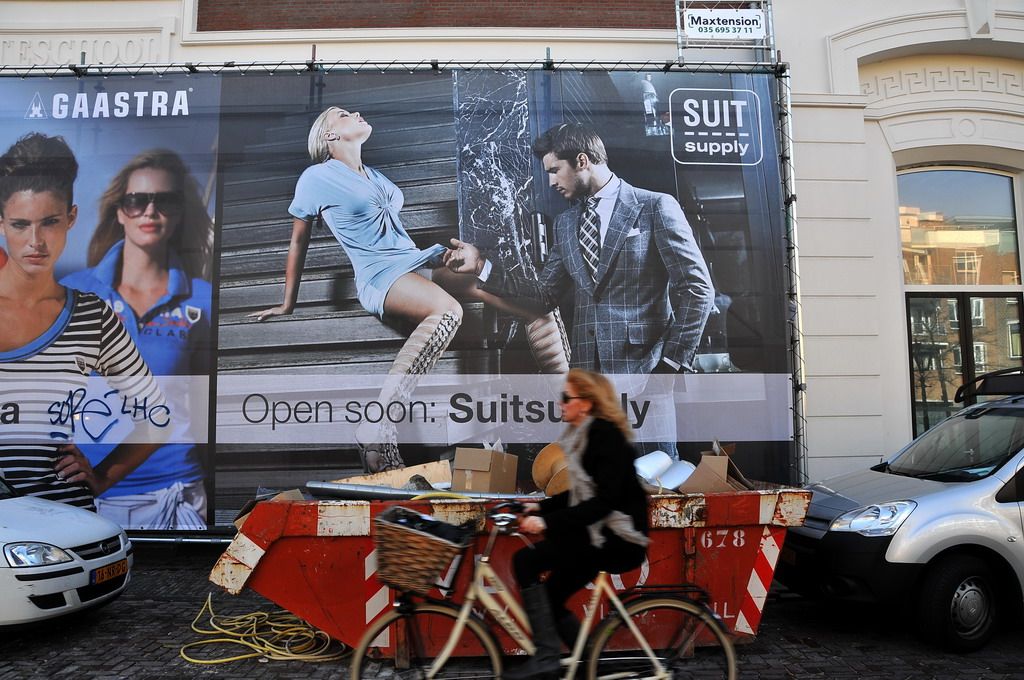
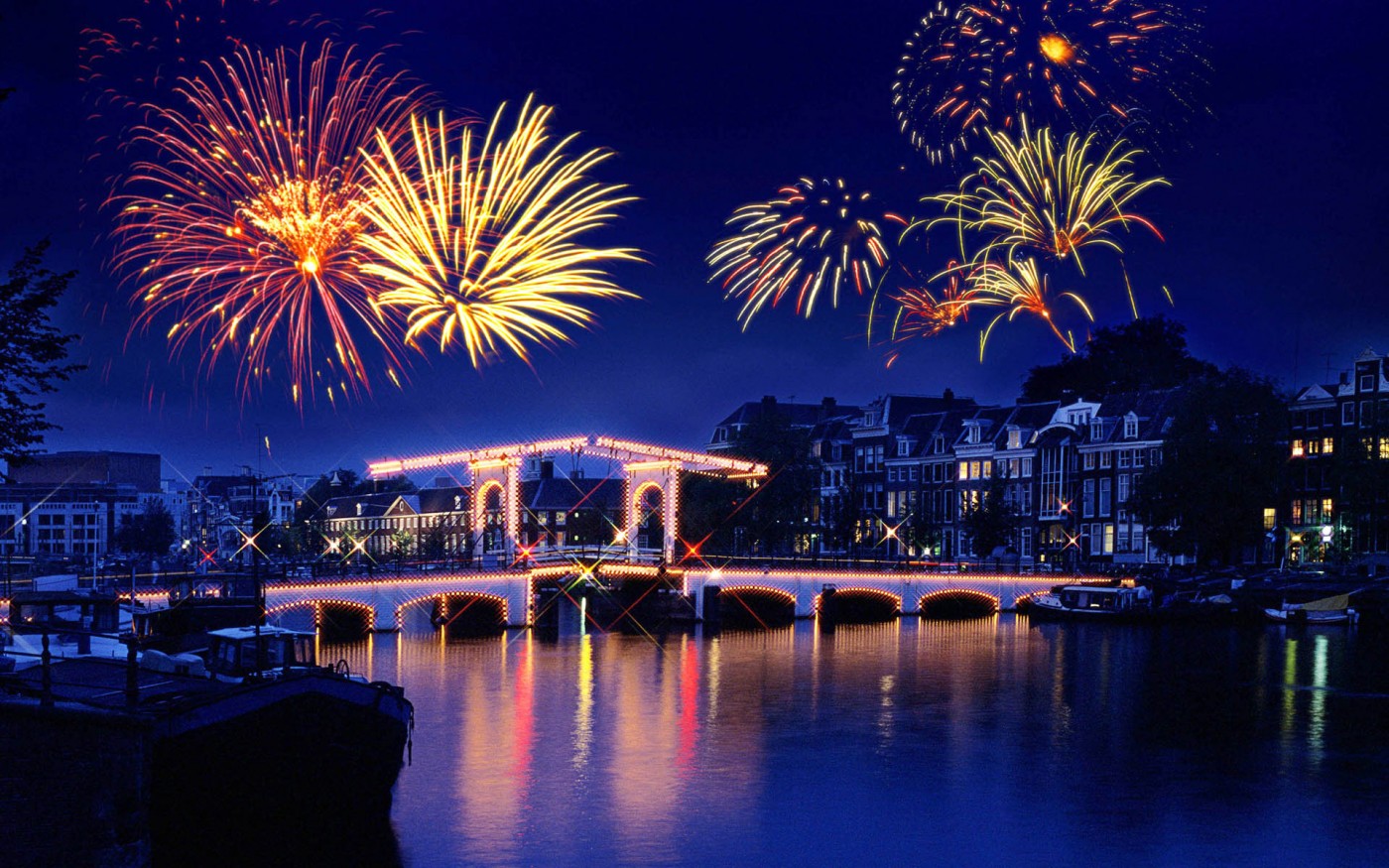

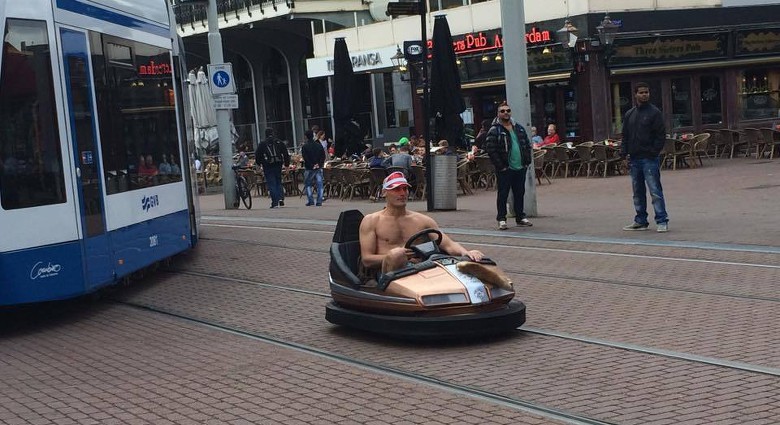

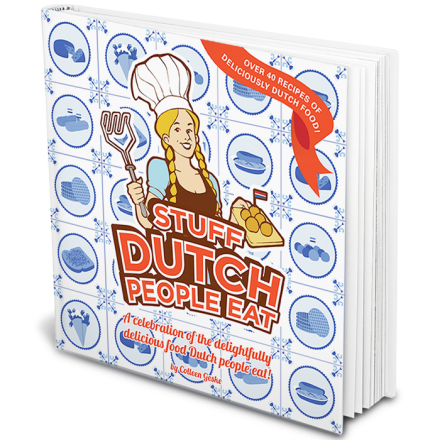
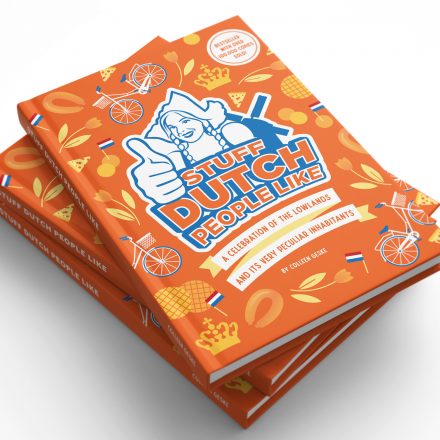

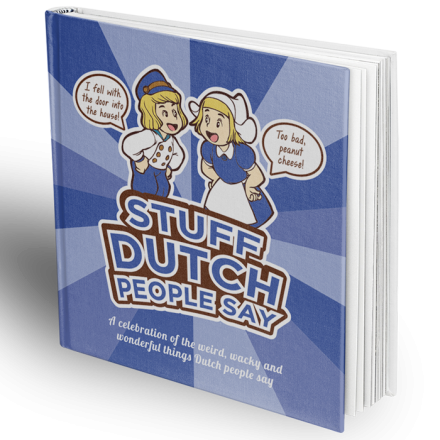
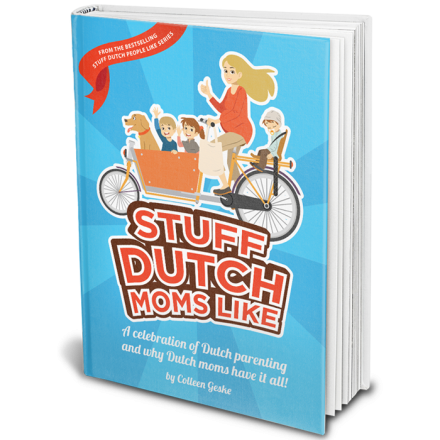
Nummer twee is de dinosaur’s arm en nummer negen de hot-dog is onder cooked.
jajajaja, thank you for this blog, is really funny way to discover some ¨dutch ways¨. Now, me and my boyfriend (dutch 😛 ) are together I´m enjoying to discover this amazing culture :D.
I haven´t visited his country yet, but I hope this blog can prepare me for somethings I´ll find there!! 😀
very excited about it 😉 (can you talk about Gouda and its traditions a little bit please??)
thank you (y)
Gouda? Like any traditional Dutch town, it has three important buildings in its centre: Het Stadhuis (city hall), de Waag (scales, where trade goods were weighed) and its main church. Gouda has the most photographed city hall in the Netherlands. This is partly because it stands in the middle of the square, instead of to one side. The eleborate balcony on the one end is supported by pillars shaped like porters hauling bags on their heads and shoulders. The entire balcony was a gift from the porters’ guild, once the richest guild in the city. Gouda used to be an important trade centre. In fact, it was the most important harbour in the country for river boats. The national distinction between a smalschip (narrow ship) and breedschip (broad ship) was that the first could pass through the locks into the city (and moore in its internal harbours), the latter had to sail around it.
Being in the middle of a square lined with bars and restaurants has its drawbacks, though. The city hall was so threathened by the urine of drunks, which was eating away its walls, that the city had to install special panels all around that, splatter the urine back on the wildplassers’ legs as a deterrent.
Gouda’s Waag is also the most famous in the country, and the backdrop of the cheese-market tradition. Its famous facade was restored and the big bas-relief slab was replaced with a replica, the original one now being stored somewhere safe. The building serves as a tourist information centre these days, so it will be hard to miss. De Waag of Oudewater, a small nearby town, claims to have been internationally more famous. In the time of the witch hunts – which left the Dutch mostly unfazed – Oudewater was the proud hometown of a reliable and accurate no-nonsense weighman, who weighed countless women and men in a sort of witch trial and drew them all an official letter of his findings. He didn’t find a single witch. People came from all over Europe to be weighed here and escape prescution back home with an official letter. (The medieval weighman was not only a city official, but since the entire trade relied on his honesty, and he would have been immediately replaced and punished if he was caught cheating, his word carried some weight.) The scales there are still intact and functional, and you can still get weighed on these medieval scales and have a letter drawn for you. Warning: the weighman/woman will probably find that you’re not a witch.
Gouda’s main church is famous for its stained glass windows and I’m afraid I don’t know much else about it.
At the start of the harbour is the city’s main historical museum, an old Gasthuis (hospital) for mental patients. It has temporary exhibitions in its main hall, including modern art, and fixed historical exhibitions in the siderooms, including one about the history of the building as a psychiatric ward. It’s in the cellar and not very unlike the other one in the cellars which is about medieval torture devices. Further down the harbour, on the other side, is the Moriaan (the Moor), an old tobacconist shop and house which is part of the same museum. The building itself is worth exploring, including the still intact shop downstairs, but it also houses the permanent exhibition about the city’s rich past as a centre of ceramic industry, including – all the way up on the top floor – its famous clay pipes. Not going into detail, because it’s more fun to find out for yourself, but while there, do find time to go wash your hands.
You can still buy Gouda’s long stemmed clay pipes at the tobacconist’s at the central square, the famous slightly curved one, and the even longer, but straight, bridegroom’s pipe. There’s a third variant, curled in on itself like a pretzel. In the past, Gouda, being a centre of waterways, was a popular destination for marathon ice skaters. The pretzel-pipes were only sold in Gouda and they were compact enough that the skaters could pin them to their clothes as proof that they had made it all the way there. Not sure if they still sell them, but the have one on display.
As for modern traditions, one that stands out is the lighting of the Christmas tree. Gouda has a number of cultural ‘sister towns’ in other countries and every year they get a huge christmas tree as a present from the one in Scandinavia. It is erected in the market square, next to the city hall, decorated and then ceremoniously lit at evening. You can stand in the cold in the market square, which will be packed, or watch from the comfort of a windowside table on the upper floor of one of the surrounding restaurants. Most of these are booked full years in advance by German bus-trip organizers, and even at the ones that refuse to rent out entire floors to foreign tourists, you’ll have a difficult time getting a window table unless you make a reservation way in advance.
And sad but true, but last night at the visiting fun faire, is fight night for the local youth gangs. Don’t even go into the streets at that night. The violent element is uncommonly strong in this city. Dutch municipalities have a shopping night once a week, when the shops will stay open till about 21:00 (they usually close at 18:00). Neighbouring towns usually have them at different days, but this is especially true for Gouda. Surrounding towns profit greatly from the reluctance of Gouda’s more vulnerable inhabitants to go into town at night.
Traditional Gouda products like candles and condiments are sold in every supermarket in the country and most Gouda cheese is made in the US these days, since its fame predates most name protection laws. There is a candle shop in a small street by the church, which sells hand decorated church candles.
Gouda is a little big town in the middle of south holland( province) there is much water and green meadows with sheep and cows . They make cheese on litlle farms ask the direction of vlist. Here are the farms. So called cheesefarm West vlisterdijk is the adress. I lived for more than 30 years in Schoonhoven ,a village in the neighborhood Gouda has. more shops than schoonhoven so we went for shopping to Gouda by bus or bike!!!!
Thx for saying I live in an amazing colture 😀
Capture this…
What about calling this dog breed dachshund a Wiener or hotdog (or doxie, why doxie?)?
In Dutch I only know dashond en teckel.
The English call the Teckel a sausage dog
Worst-op-pootjes (wiener on legs) is what we tend to call ‘m
Doxie comes from Dachshund, the German name. It is shortened to Dachsie, which sounds like Doxie to English speakers
Thanks for this explanations.
I used to live across from number 10 – I recognize the building next to it and I remember when that store was opening up, must have been around 2011. But I seem to have suppressed the advertisement from my memory… until now.
Wait a sec, isn’t that Leiden? Never noticed that advertisement either, heh, funny!
Yes, Nr 10 is Leiden. De Aalmarkt,,
Leiden, toch?